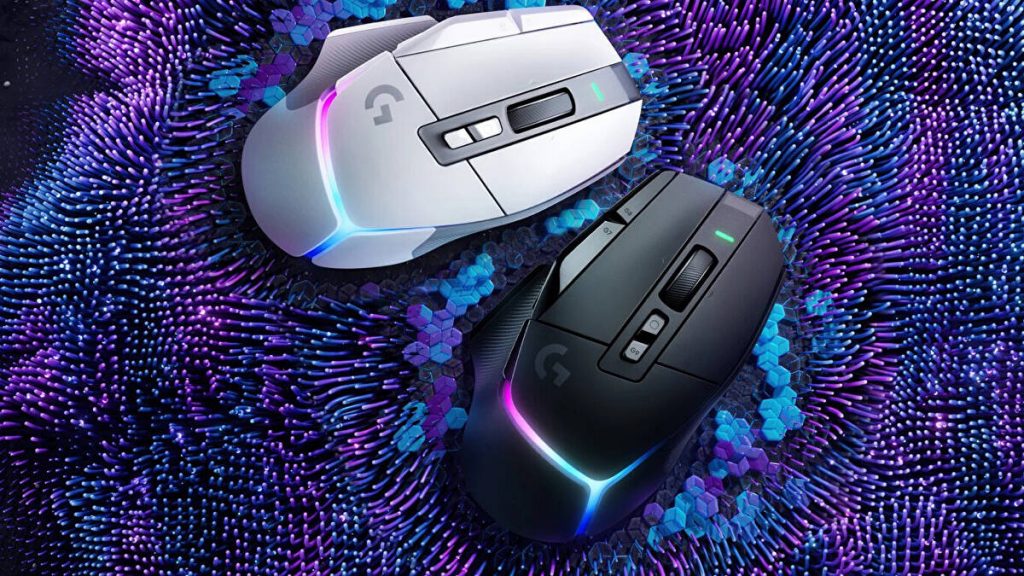Gaming mice are specialized computer mice specifically designed for use in gaming. They offer a range of features that can give gamers an edge in gameplay, such as high sensitivity and customizable buttons. Choosing the right gaming mouse is essential for any serious gamer, as it can impact their performance and enjoyment of the game.

In the same way that the best online casinos can improve a player’s experience, the right gaming mouse can make a big difference in a gamer’s performance. With so many options available, it’s essential to consider all the factors that go into choosing the ideal gaming mouse.
In this article, we’ll explore some key considerations to consider when selecting the perfect mouse for your gaming needs.
Sensor Type
Choosing the best sensor type will ultimately boil down to your gaming preferences and needs, but there are three types of sensors in gaming mice:
- Optical sensors use a light-emitting diode (LED) to track movement; hence, they are considered the most accurate and reliable type of sensor. They are also less prone to problems caused by dirt and dust.
- Laser sensors use a laser to track movement and are generally more sensitive and precise than optical sensors. However, they can be prone to problems from surface reflections and are less effective on certain surfaces.
- Mechanical sensors, also known as ball mice, use a ball to track movement and are the least typical gaming mice sensor. They are generally less precise and reliable than optical or laser sensors, but they have the advantage of working on more diverse surfaces.
DPI
DPI, or dots per inch, measures a mouse’s sensitivity and accuracy. It refers to how computer mice measure physical distance. The higher the DPI, the more sensitive and accurate the mouse will be.
However, higher DPIs can also make a mouse more challenging to control, requiring less physical movement to move the cursor across the screen. It can be challenging to make precise movements in fast-paced games.
When selecting a gaming mouse, consider the optimal DPI sensitivity. Some mice allow for adjustable DPI settings, which can be helpful for gamers who need to switch between different sensitivity levels depending on the game.
Ergonomics
Ergonomics refers to the mouse’s design and how it fits and feels in the gamer’s hand. A comfortable mouse can help reduce fatigue and improve performance, while a poorly designed mouse may cause discomfort and even affect the gaming experience.
Ideally, the mouse’s shape and size should fit the gamer’s hand. A mouse that is too small or too large can be uncomfortable to use for long periods. The mouse’s material can also impact its comfort, with some materials (such as rubber or soft-touch plastic) being more comfortable to grip than others.
Finally, the grip style of the mouse should match the way the gamer holds the mouse. Some mice are designed for claw grip, others for palm grip, and still others for fingertip grip. There are also options for lefties, as some mice are ambidextrous (suitable for either hand), while others are designed for interchangeable use.
Price
When choosing a gaming mouse, you must consider your budget and determine how much you are willing to spend.
Note, also, that a higher price doesn’t necessarily mean a better mouse, and cheaper mice may offer a lower level of performance or durability than more expensive options. Overall, it’s essential to strike a balance between price and quality when choosing a gaming mouse.
Choosing the ideal gaming mouse is a critical decision for any serious gamer. By considering all these factors and taking the time to research and try out different mice, gamers can find a mouse that suits their needs and preferences.
Try out a mouse in person to understand its size and how it feels in your hand. Alternatively, looking at online reviews or consulting with other gamers can be an excellent way to determine your ideal gaming mouse.
This post didnt have a specific author and was published by PS4 Home.
